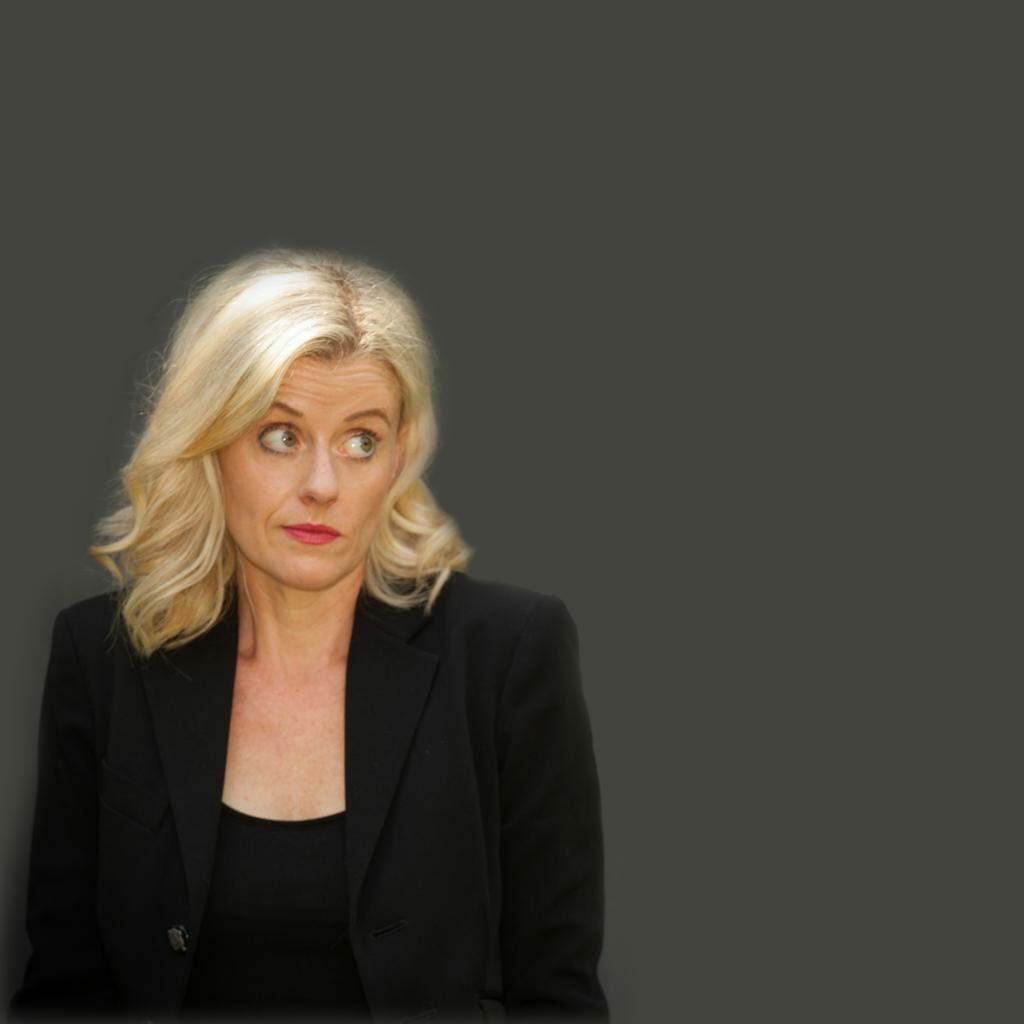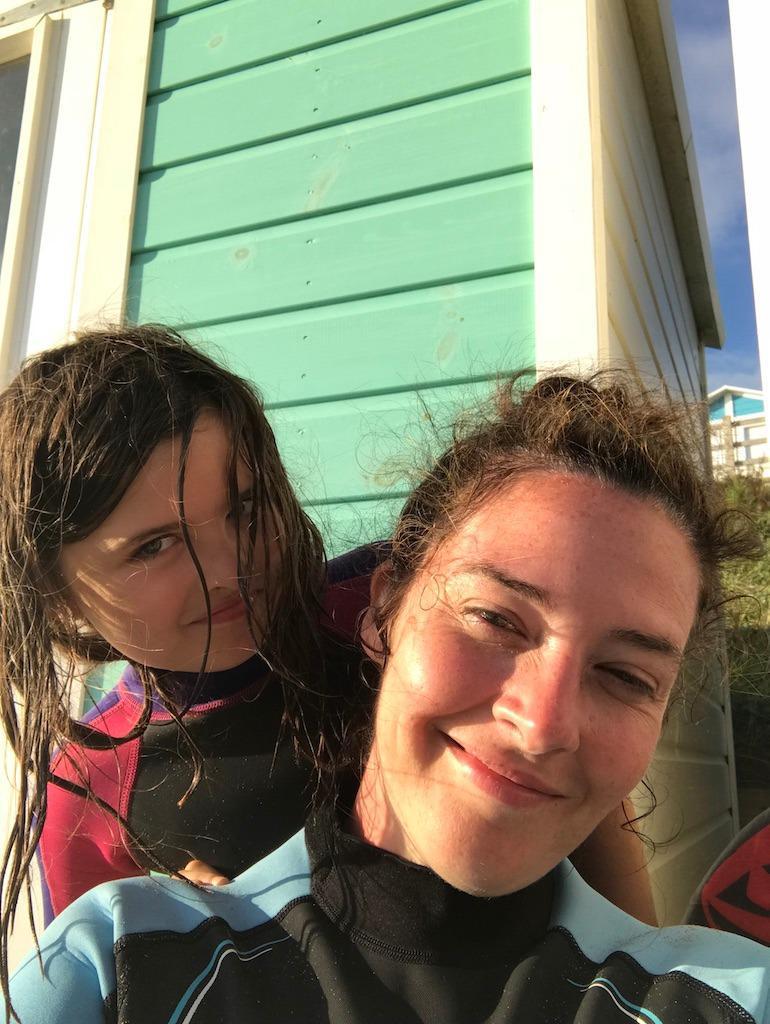We are all together in this Coronavirus curveball. So, what should we do? How should we be?
If you’ve never experienced a curveball in your life – then you are one of the lucky ones. Most of us, certainly after a certain age, have had to cope with sudden loss, illness, incidents, redundancies, relationships ending unexpectedly, betrayals, shocks and disappointments. And throughout all of that many of us cling to the things we can still find certainty in – our work, our passions, a nice meal in the pub, a dance class, a football match and seeing friends and family. But all of us today are experiencing those familiar rugs being pulled from under our feet.
I think a lot about curveballs and how we cope emotionally, psychologically and socially when they happen. Personally because of things that have happened in my life and professionally, because I and my 4D colleagues help organisations, leaders and teams navigate change and uncertainty – through keynote speaking and face to face or online workshops and coaching. When facing massive change in your personal life you might find certainty and solace in your workplace, and when struck by uncertainty at work we might find comfort in the familiar routine of home. But now, both personally and professionally, our worlds have been rocked.

Here we are – day by day watching the statistics and graphs curving up to one of the biggest curveballs any of us have ever faced.
Once this has passed, we will look back at how we responded. At what legacy we created about ourselves. And right now is the time to start consciously responding and behaving in a way we will be proud of.
I and my partners at 4D Human Being believe there are five key skills and qualities that we all need to tap into when curveballs strike: Resilience, Connection, Adaptability, Communication and Storytelling.
1. Resilience
On July 19th 2016 I was staying with my sister in Sussex, when I received a phone call from the police at 6 a.m. I was soon struck with the horrifying news that around midnight the night before, my partner Tom had taken a piece of rope and driven himself to a motorway bridge in North London, where he had taken his own life. The curveball had hit. I don’t need to tell you of the anguish and pain that followed. And… amidst the shock and the horror and the grief and the fear, I was a single woman with a business that supported both me and my sister and her three children. As well as our other wonderful 4D team members. On some level, I simply had to dig deep, tap into my resilience and carry on. Five weeks later I was standing on stage in Las Vegas delivering a high energy Impact seminar to over 2000 people. It wasn’t that I didn’t still feel all the pain and hurt, it was that there was another part of me that I could access, a part that could connect to a wider purpose and be of service to others. Because in a curveball, in spite of our fear, we often need to find the strength and resilience within us that can create some scaffolding for us to see a crisis through. I needed, and wanted, to keep working, to keep sharing a message of courage and positivity that not only helped my audience but supported me as well. So, what is it you know about yourself? What quality can you dig deep into and tap into right now? What helps you feel resilient? Is it gathering information? Staying physically strong? Self-compassion? Or is it, like me, through tapping into your personal energy and wider purpose? How can you identify your key strengths and qualities and so dig into your own inner resilience and resources? And how can you help others to do the same? It might not take away the fear and anxiety, but it may well help you to turn a corner through these tough times.

2. Connection
Eleanor and I were actors together back in the day and worked together in a number of plays at the magical Watermill Theatre in Newbury. In between rehearsal and performances, she and I became firm friends, spending our time howling with laughter, writing comedy songs on the guitar and drinking far too much cheap white wine. With very few cares in the world, neither of us could have imagined the curveballs that lay waiting for us in our futures. For my dear friend Eleanor, hers came on a cold January morning in 2008. Early that day, she had woken up in her house and went to stir her two children out of bed. As she moved towards her toddler Miranda’s cot, she felt the horrifying chill that something was wrong. Something was more than wrong. Miranda had died suddenly during the night. At the time her death was recorded as sudden infant death syndrome but is now understood to have been sudden unexplained death in childhood which can affect children between the ages of 1 and 19. My friend faced one of the worst things that can happen to a fellow human being. So began a desperately difficult journey of working through her loss and grief. I saw Eleanor frequently over the following months and marveled at the honesty, openness and incredible strength she showed as she dealt with her pain. One quality stood out to me and helped me through my own curveball some years later. Eleanor very carefully and very consciously drew in the friends and support network that would help see her through. She understood at a fundamental level how vital human connection was going to be to support her healing. She decided very clearly who she needed to be around at that time and what each friend, relative and acquaintance could offer her and help her with. She also understood something else important to her healing – who she did not need to be around. With friends and family who, for whatever reason, she found it difficult to be around – because they were pregnant or had little girls of their own – she gently asked them to love her through this as she pressed a careful pause on connections that were hard or complicated. Increasing the connections that could support her in the way she needed. Eleanor continues to use connection today to help others heal through her wonderful work as a horticultural therapist.
When curveballs come, connection and the support of our network is vital. When our world has been turned upside down, we need the solidity and support of those who care about us. The human brain is wired for connection. We human beings did not survive and adapt alone. We did it together. And that’s how we will do it now. I am reminded of the postcards people are creating to check in with elderly people who are self-isolating. Who can you reach out to, or who can you ask for help during this time? Personally, professionally, or at an organisational level? Who could simply do with a card through their door or a text message or a facetime call to know you are thinking about them?

3. Adaptability
On July 7, 2007, four bombs went off in quick succession in the city of London. Three on the tube network and one on a number 30 bus in Tavistock Place. A young woman named Martine Wright, was on her way to work when one of the bombs detonated in the train-carriage she was in. She was the last survivor to be rescued and had lost nearly three-quarters of her blood by the time the fire brigade cut her free. The doctors at Royal London Hospital managed to save her life but both of her legs had to be amputated. She woke up from the disaster to a very different reality. But in spite of the hardships and enduring pain and grief, she managed to make the most amazing adaptation and pivot on her life. Five years later in July 2012 she was picked to represent Great Britain’s women’s sitting volleyball team in the 2012 Summer Paralympics. She demonstrated huge adaptability, responding to her new reality and what was available to her. Not just by compromising or making do, but by adapting creatively and personally flourishing in order to find a whole new way of being.
This is a key skill that we are being called upon to tap into right now. We have to tap into our adaptability. As Charles Darwin suggested – it is not the survival of the fittest but the most adaptable. In challenging times, we need to increase our personal adaptability. And we need to adapt our organisational processes and products. Asking ourselves…what might be possible? If I waved a magic wand…? What is it that people need right now that I might be able to offer? How can I use the fact that everything seems turned upside down to be creative and to offer something completely different? This is the time to tap into your creativity and to increase your improvisational skills. This is the time for right-brain, right hemisphere thinking – recognizing that we can no longer rely on the old way of doing things; we cannot fix our current problems with the same old thinking that got us here. We have to create something new. New processes, products and new ways of being together.

4. Communication
What would you do if you suffered 63% burns to your body? And were given a 5% chance of surviving? In 2007 a handsome, vibrant young man named Jamie Hull was faced with precisely this curveball. He had decided to fulfil his life-long dream of becoming a pilot. Near the end of his intensive flying course in Florida and having completed a number of solo flights, Jamie was within sight of his private pilot’s license. Then on another routine flight in a Liberty XL2 two-seater, to clock up his flying hours, Jamie, 1000 feet up, with no parachute and wearing only light summer clothes, suddenly realized his engine was on fire. Within seconds he was no longer flying a plane, but a fireball. Jamie did some incredible quick-thinking – levelling the aircraft 15ft above the ground, slowing to 30 knots, before opening the door, climbing onto the left wing of the plane and leaping out. Alive but horrifically burned, Jamie began a long, painful recovery process. And every day as he pressed on, Jamie found himself questioning his motivation to go on living.
A few months ago, I had the privilege of watching Jamie address an audience in the Painted Hall at the Royal Navy College in London. He had the courage to step out on stage and communicate his story in support of the charity that had supported him – Help for Heroes. Jamie has managed to turn some of his darkest moments into insights of wisdom for communication, impact and creating a difference. By reaching out and telling his story, he has inspired others to believe that they too can navigate their way through difficult times. Communication is so key during difficult times. We as a human race are not the stories and the messages we keep locked in our heads. We are the stories and messages we share in the world. I firmly believe you cannot over-communicate with your employees and your colleagues at times like this. Stay in touch, keep people motivated and let them know you are with them and there for them. These simple, yet-heart felt moments of communication and motivation, can be a powerful way to counterbalancing the impact of curveballs.

5. Storytelling
On Saturday 13th September 2014 at 3.31pm I received an email from my friend Anna. She wrote to me from a well-known children’s hospital in London to say her four-year-old little girl, Claudia, had been diagnosed with Leukaemia. Nine years earlier, Anna and I had met walking our dogs in a London park. Her mother had met me first and said you must meet my daughter, you and she are going to become the best of friends. And we did. From wild nights out to deep existential conversations, we delighted in finding each other and the universe bringing us together.
Now, 9 years later, Anna was facing a devastating curveball. Her daughter’s Leukaemia treatment would start with an intensive five-month process and ultimately would take two and a half years in total. While Anna of course acknowledged that what she and her partner were going through was shocking and surreal, what stood out to me right from this initial moment was how conscious she was of the story and narrative she chose to create. Yes, Anna’s storytelling accepted the reality of the curveball they had been thrown, and…it also focused heavily on the positive. In that very first email she wrote that for children in Claudia’s age bracket the “cure rates are very high, over 90%,” that her daughter would, in time, “return to her childhood and go to school and play with her friends.” A little later Anna spoke to me about the clear choice she was making around the language and story she would be using to herself, to others and most importantly to Claudia. She didn’t use the words ‘disease’ or ‘illness’, instead she spoke of ‘treatment’ and ‘getting well.’ For her daughter, the weeks of hospital and procedures were simply part of a journey to wellness so she could get back to school and once again be the healthy, fun-loving little girl she was.
Throughout those critical years, Claudia never had a sense of something being wrong with her, only of things moving towards being even better. I am so happy to say that Claudia is now in wonderful health – a smart, bright, creative and gorgeous 9-year-old living, learning, loving and laughing to the full.

In these coming weeks and months it is more important than ever that we are conscious both about the stories – and media – we allow ourselves to listen to and the stories we choose to tell.
Storytelling is vital for successfully navigating our way through a curveball. Whether it’s your personal story or the story of your organisation, you can choose which stories define and shape you. SO how can you become more conscious of the words you use and the stories you tell? How can you shape your stories to be true and at the same time helpful and hopeful, woven through with positivity and possibility?
We are always at choice…
One of my former partner Tom’s favourite phrases was ‘Are you happening to the world, or is the world simply happening to you?’ In my work as director, speaker and coach at 4D Human Being and as a psychotherapist, I and my 4D colleagues come back to this phrase again and again as a vital touchstone to our belief that we always have a choice. Whatever happens, even in the worst of circumstances, we always have a choice how to respond. So, as we all deal with the curveball of Coronavirus, we can choose to let events happen to us or we can make choices to deal with events in a conscious way – so we can be “always at choice.”

These five skills and qualities of Resilience, Connection, Adaptability, Communication and Storytelling can serve as touchstones for us all to help remind us we all have what it takes to see us through even the most difficult of times. We can, and must, all stay connected and together in our efforts to deal with the crisis and be kind and thoughtful to our fellow humans. We can keep communicating and motivating others to do the best they can. We can adapt quickly and find new routines and make new meaning. We can choose whether we are the victim or the hero of our own story. And we can choose to consciously create a narrative and meaning that gives us and others hope, positivity and purpose in the coming weeks.
#AlwaysAtChoice


